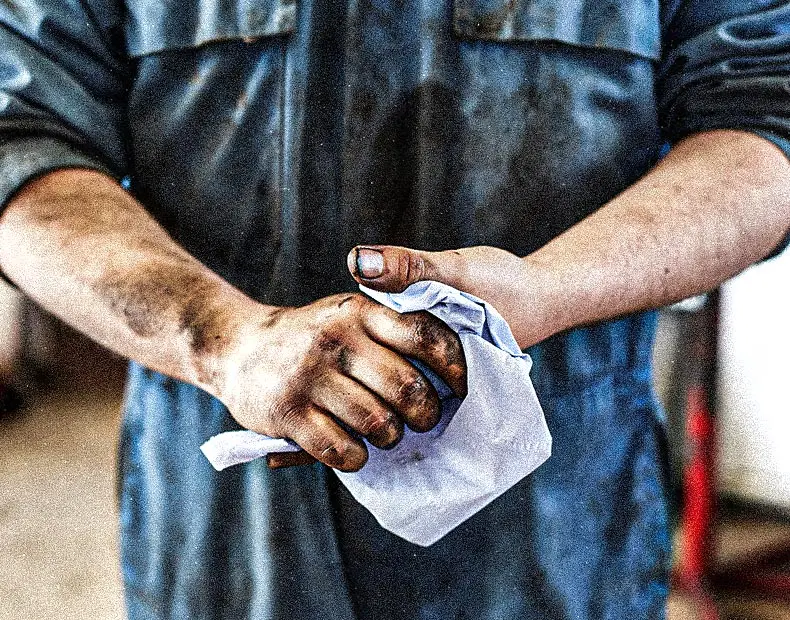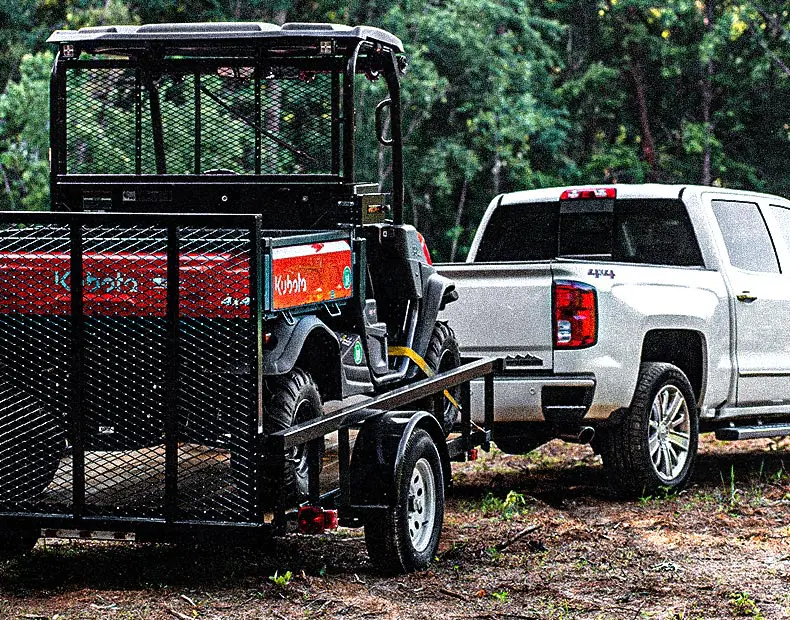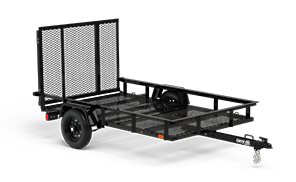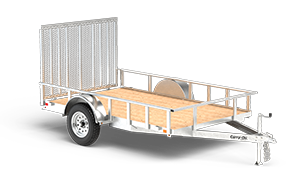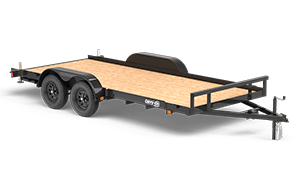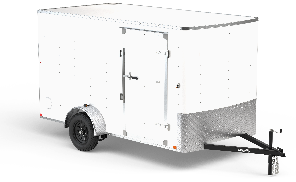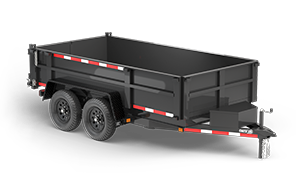A lot goes into making sure your trailer is ready to be towed on your next trip. Whether you are hauling mulch and plants around your yard or your motorcycle out of town, a key step to safer towing is knowing the best way to load your trailer.
Before you start loading your trailer, there are some terms you need to understand in order to know how much weight you’ll be able to pull in your trailer. First is the Gross Vehicle Weight Rating (GVWR). The GVWR will be posted on the VIN label on your trailer and is the most weight allowed of BOTH your trailer and cargo. You will also need to know the Gross Axle Weight Rating (GAWR), which is the maximum distributed weight that can be supported by the axle of a vehicle. Usually, the GAWR will include either FR or RR to indicate front (FR) or rear (RR) axles.
Other helpful terms to know related to loading your trailer include:
Trailer weight
The empty weight of a fully assembled trailer. You can check this by weighing your empty trailer at a truck stop or any other place with a certified scale.
Payload capacity
The total weight capacity of a trailer. To calculate your maximum payload capacity, subtract the weight of the trailer from the GVWR and then multiply by 80%. That will be the allowable payload of your trailer.
Tongue weight
The amount of the trailer’s weight that is transferred to your tow vehicle through the trailer tongue or gooseneck. To check tongue weight, take your trailer to a truck stop or any other place with a certified scale and first place your tow vehicle on the scale and get its weight – this weight must be less than the GVWR of the tow vehicle. The, pull the trailer onto the scale and uncouple it from your tow vehicle. Leave just the trailer on the scale and get a ticket with the total trailer weight listed. Re-connect and drive the tow vehicle wheels off the scale so that only the trailer axles are on the scale and get a ticket with the trailer’s axle weight listed. Subtract the axle weight from the total weight to determine the hitch weight. As a general rule of thumb, 20-25% of the total weight of a trailer plus its cargo should be on the tongue of the trailer.
Now that you know how much weight your trailer can safely tow, it’s time to start loading your trailer.
Enclosed Cargo Trailers
How you load your trailer and distribute the weight of your cargo will depend on the type of trailer you own and what type of cargo you are going to tow. For example, an enclosed cargo trailer should be loaded with 60% of the cargo weight in the front half of the trailer, with the heaviest items loaded in the front. Lighter items should be placed near the top and in the rear of the trailer. Your cargo should be packed closely and firmly, and tied down to secure it.
Open Trailers
Similarly, open trailers should be loaded heavier in the front of the box – up to 60% of the cargo weight. You should load it in the same manner as an enclosed cargo trailer, but small items should not be loaded above the height of the sides of the trailer box. Use tie-downs to secure cargo.
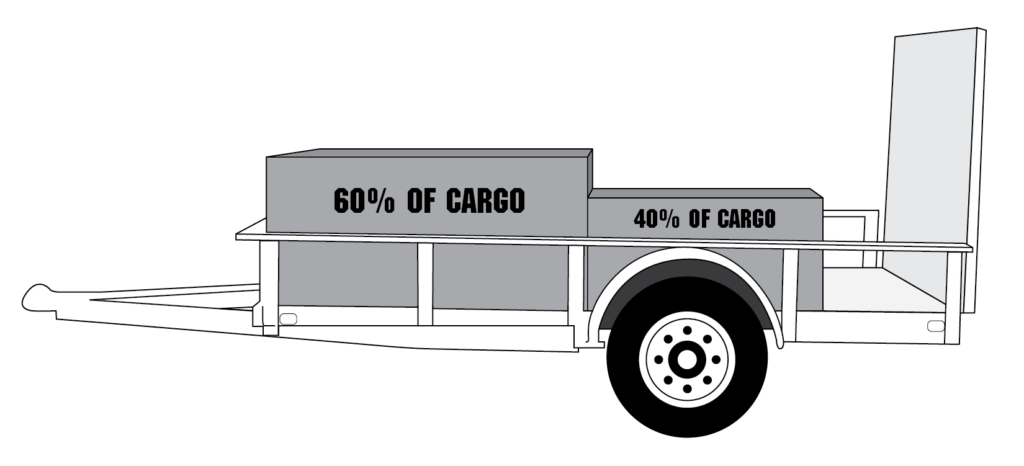
Loading a Motorcycle
If you are towing a motorcycle, start by walking or riding your motorcycle up the ramp. The front tire should be positioned in the wheel chock, or against the front wall if your trailer doesn’t have a wheel chock. Motorcycles should always be loaded facing forward. To secure your motorcycle, use four 1,200 lb. rated cam-buckle or ratchet-type tie-down straps with two in front and two in the rear. They should be attached from each side of the handlebars or shock towers to the lower front D-rings inside your trailer and tightened evenly with shocks compressed about halfway. Tie-down straps should also be attached from each side to the rear of the motorcycle frame or wheel to the lower center or rear D-rings inside your trailer. Tighten them to prevent the rear of your motorcycle from moving.
Knowing the best way to load your trailer is not only important for protecting your cargo, but also avoiding trailer sway and other issues that could create unsafe towing situations that could put you and others on the road in harm’s way. As always, consult your owner’s manual for for loading instructions specific to your trailer.

